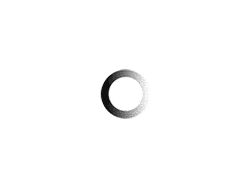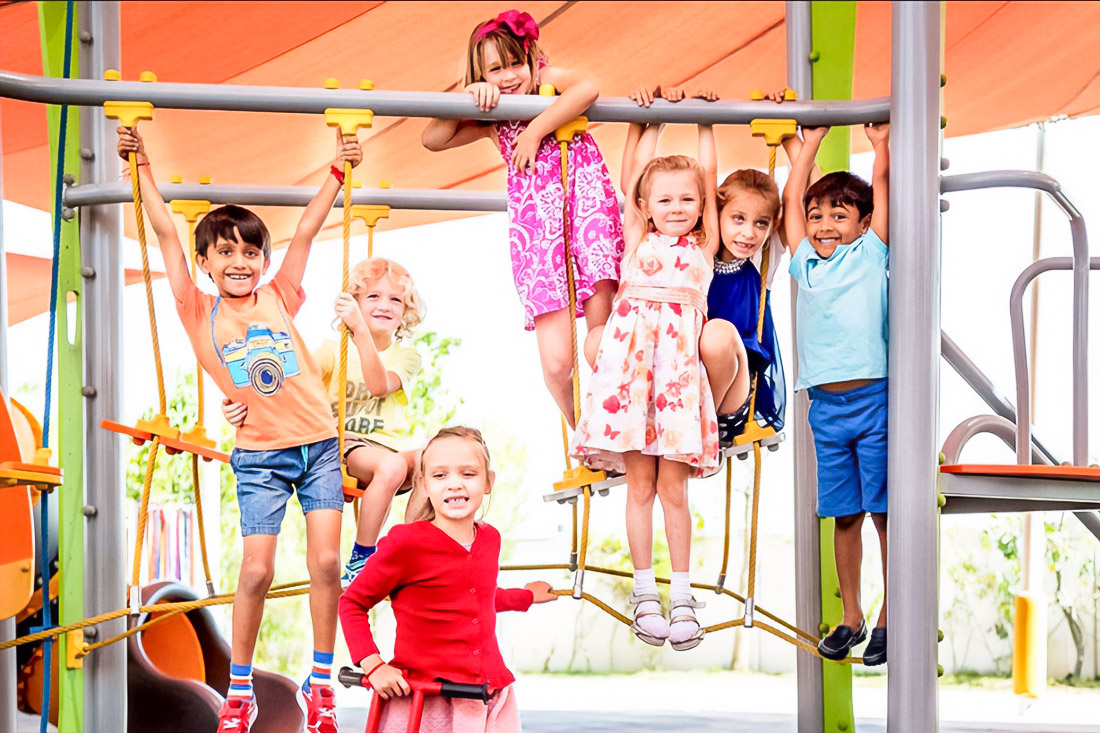The English system of education is amazing because of its diversity and the scale of opportunities that it opens before students. A key aspect of this system is the division into private and state educational institutions. State schools, financed at the expense of taxes, provide children with free education, ensuring basic standards of learning at the same time. About 93% of students attend exactly these schools. In contrast, private schools receive financing from parental payment and offer more individual approaches and extended educational programs. More details about the system of education can be learned on-site City American School.
Page Contents
Enormous diversity of English system of education

Curriculum: unify or individualize?
Curriculum is backbone of educational process. It defines list of knowledge and skills, which students must master at each stage of their learning. In English system it not only sets academic standards, but also contributes to development of personality, critical thinking and creativity. Important to understand, that curriculum — it’s not just lists of subjects, it’s methodology, influencing formation of worldview.
Features of private schools: freedom of choice and flexibility
In private schools in England, curricula are often more flexible and offer diverse approaches. Private schools are famous for that, including unique disciplines in programs such as classical literature, philosophy, or Latin. Teaching in such schools is often built on innovative methods, including project learning, an interdisciplinary approach, and adjustment of educational trajectories to the interests and strengths of the students. For example, education in the UAE has features that make it unique.
- Innovative approaches: project learning and individual educational trajectories.
- Many unique subjects are absent in state schools.
- Diverse methods of assessment: from research projects to creative performances.
State schools: standardization and accessibility
State schools, on contrary, oriented on standardized approaches, which make education accessible and equal for all students. This, in turn, can lead to some limitation of choice of subjects and methods of teaching. Main emphasis placed on preparation for national exams, such as GCSE and A-level, which has significance for majority of students in England. About 75% of graduates pass these exams successfully, preparing for admission to universities and professional institutions.
Influence of differences on the path of students
Differences between private and state schools exert a significant influence on the educational and career outcomes of students. So, graduates of private schools often more successfully pass exams and enter prestigious universities, such as Oxford and Cambridge. This is connected with an individualized approach, the presence of tutors, and a more saturated program. According to data private schools provide more opportunities for an individual approach.
- Students of private schools often demonstrate high success on national exams.
- Graduates of private schools have more chances for admission to top universities, such as Oxford and Cambridge.
Stories of success of graduates of private schools
Many graduates of private schools achieved incredible success in their fields. Boris Johnson, former prime minister of the United Kingdom, studied at Eton, one of the most prestigious private schools in the country. His success in politics is often associated with a high level of education and developed leadership potential. Another example — is Emma Watson, who graduated from private school and became not only a successful actress but also an activist, which allowed her to contribute to social change.
Advantages and disadvantages of different approaches in education
Pluses and minuses of each of approaches to learning obvious. Private schools, with their personalized and flexible programs, provide opportunity of revealing unique talents of student. However high cost of learning makes these schools accessible not for every family. At same time, state schools provide access to all, but standardized approach can block creative development.
Each of the systems — both private and state — has its strong and weak sides, and the choice between them depends on various factors, including the individual needs of students and the material possibilities of their families. The main thing to remember is that the goal of education is not only to obtain high academic results but also to develop a person’s personality comprehensively.



